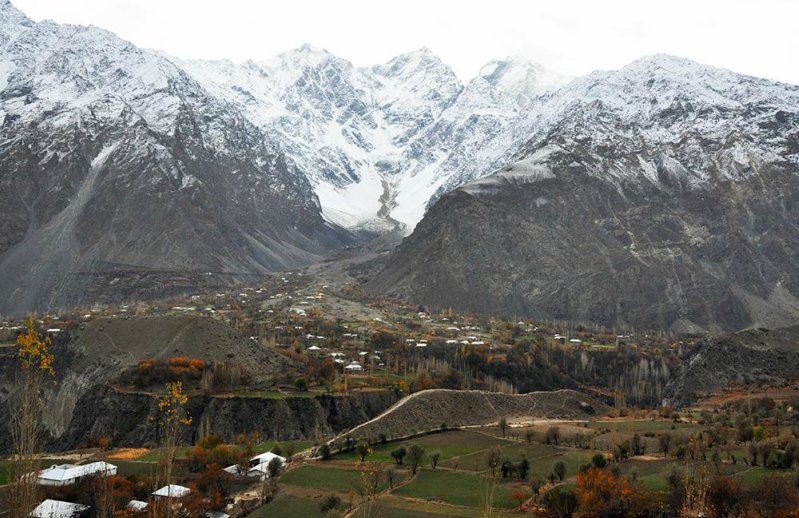The amount of snow and rain in the Himalaya is about twice as high as commonly assumed. Research in the Indus basin by scientists from Utrecht University, FutureWater and the International Centre for Integrated Mountain Development (ICIMOD) led to the discovery. These findings have important bearing for water management and climate change impact assessments. The results were published in Hydrology and Earth System Sciences.
The Himalayas and adjacent mountain ranges are an important source of water for more than 25% of the global population However, it is unknown how much snow and rain falls in those vast mountain ranges, because of the lack of observations and the inaccessibility of the terrain. Understanding how much water is available in the source areas of Asia’s large river is of crucial importance.
Let the glaciers tell the story
“The upper Indus is supposedly very dry, yet the largest glaciers outside the Polar Regions are located in the upper Indus and that seemed contradicting and gave us the idea for this study“, explains Walter Immerzeel of Utrecht University, who led the study. “We calculated how much precipitation is required to sustain those large glaciers and the results were spectacular. In the most extreme case a more than tenfold amount of snow is required than what was previously thought”. In order to derive this information the researchers combined satellite observations, a computer model and observations from the ground.

The rivers confirm the findings
“In the absence of snow and rain measurements at high altitude in the Indus we needed another way to confirm our findings” says Immerzeel. “We use observations of river flow and the results confirmed that the amount of water in the rivers can only be explained if the amount of snow and rain is as high as we estimated”.
Impact for water management
The Indus basin irrigation scheme is the largest in the world and it is fed primarily by melt water. “Since so much of the food production in the Indus depends on glaciers and snow, this shows again how sensitive this area is to climate change”, says Marc Bierkens, professor of Hydrology at Utrecht University. “Our findings will have important bearing on climate change impact studies and water management in this important transboundary river basin.”
